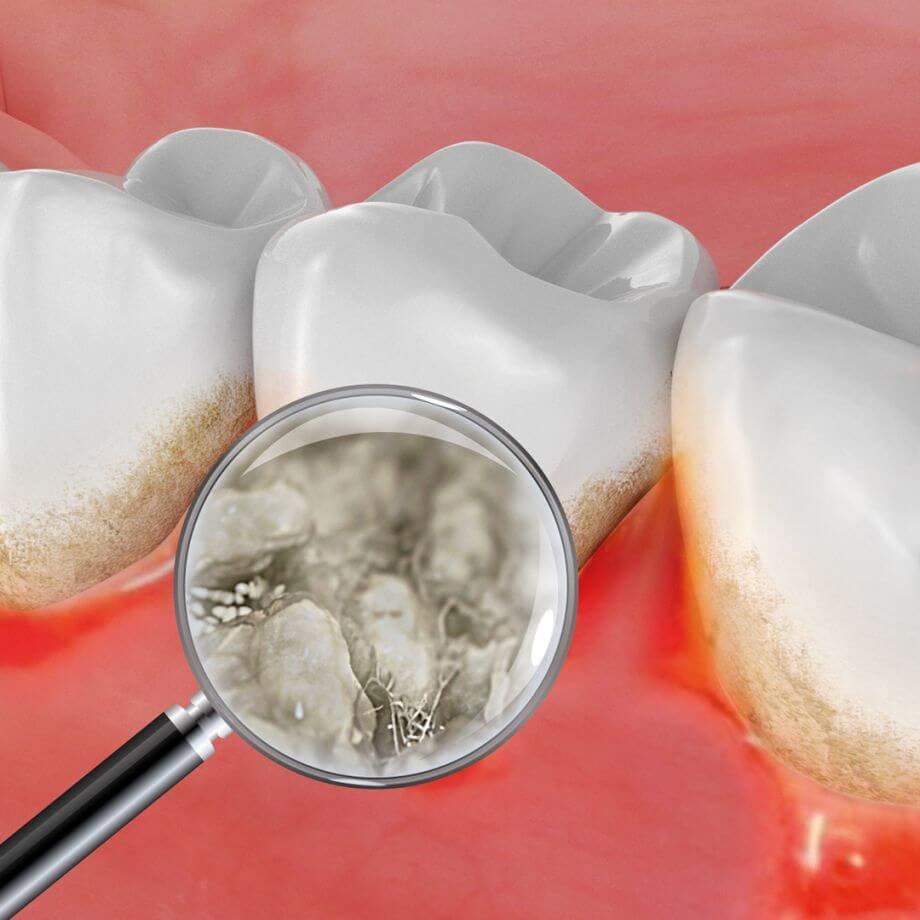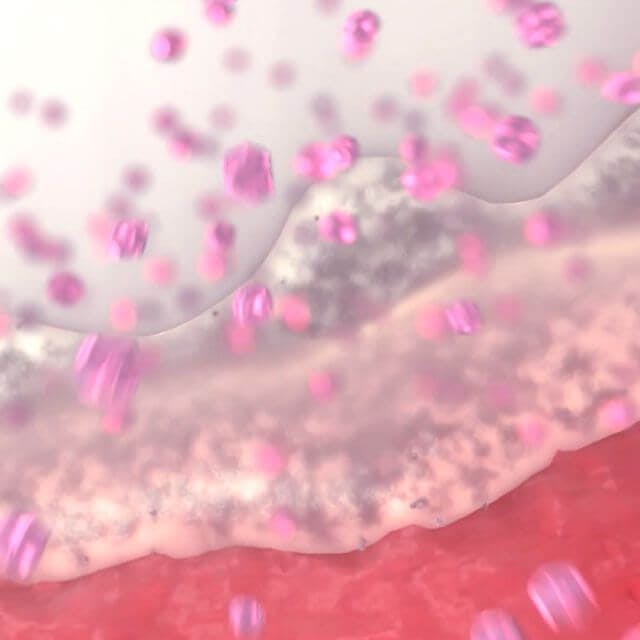Select location:
MY


Causes of Gum Disease
How plaque bacteria causes gum disease
Did you know your mouth is believed to be home to about 300 types of bacteria?1 Actually, though, this is perfectly normal, with only a small percentage of that bacteria able to cause tooth decay or gum disease.2
But even a modest amount of bacteria can still be enough to irritate your gums when allowed to build-up and form into plaque. What’s more, if left unchecked, it can lead to a range of problems – from bleeding gums or swollen gums due to gingivitis, to more serious issues like periodontitis and even tooth loss.

Plaque bacteria and gum disease
Plaque bacteria is one of the most common causes of gum disease.3 The bacteria uses the sugars in food to produce acids that can irritate your gums and dissolve tooth enamel, eventually resulting in cavities.4 The toxins bacteria releases may also inflame and damage the surrounding gum tissue, prompting your body to send more blood to the affected area. This, in turn, can cause your gums to bleed when you brush.
If not removed by daily brushing and flossing, plaque may also eventually harden into tartar. This is a crusty substance that collects around the gum line and clings tightly to your teeth, making it more difficult to keep them clean.5
Meanwhile, the presence of bacteria may cause your gums to start coming away from your teeth, leaving small spaces or ‘pockets’ where even more plaque can build up. Over time, these pockets may deepen, eventually weakening the bones and tissues that support and protect your teeth.
How parodontax can help
Used twice daily, parodontax Daily Fluoride Toothpaste is effective at removing the build-up of plaque bacteria, helping to keep gums healthy and teeth strong.
Other ways to prevent the build-up of plaque bacteria
It is important to attend regular dental check-ups to help check the amount of plaque bacteria in your mouth and treat any problems before they get worse. You should also talk to your dentist as soon as possible if you experience any signs of gum disease, such as seeing blood when brushing or flossing.
Alongside regular brushing, there are some other simple steps you can take in your own oral care routine to help limit the amount of plaque bacteria that accumulates around your teeth and gums – and help put the brakes on your journey of gum disease.
- Floss or use interdental brushes to get rid of plaque stuck in hard to reach areas, like in between your teeth.
- Use a small-headed manual or electric toothbrush with soft round bristles, and don’t forget to clean around the gum line.
1 http://www.ncbi.nlm.nih.gov/books/NBK8259/, 2 http://www.ncbi.nlm.nih.gov/books/NBK8259/, 3 http://www.nhs.uk/Conditions/Gum-disease/Pages/new_Causes.aspx, 4 http://www.mouthhealthy.org/en/az-topics/p/plaque, 5 http://www.mouthhealthy.org/en/az-topics/p/plaque


